
The future of B2B payments: a conversation with Versapay CEO, Carey Kolaja
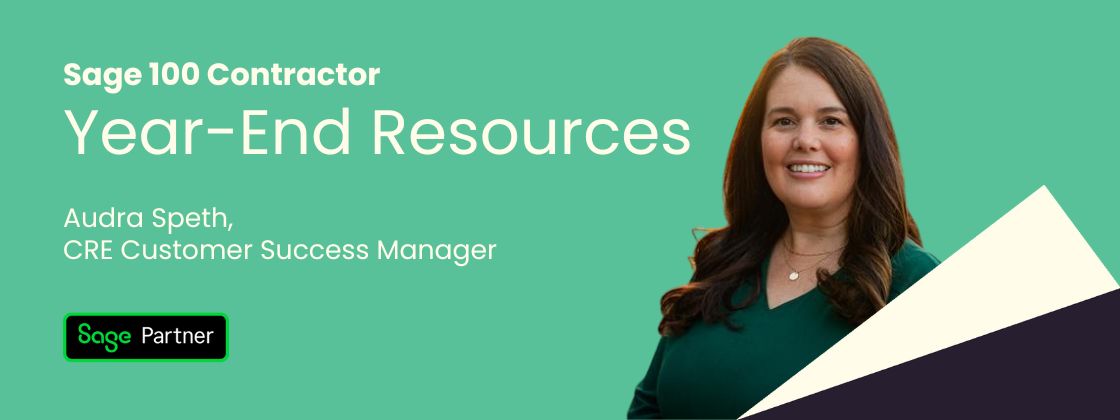
Sage 100 Contractor Year-End Resources

Sage 300 Construction and Real Estate Year-End Resources
.png)
Unlocking productivity with Microsoft Copilot in Dynamics 365 Business Central
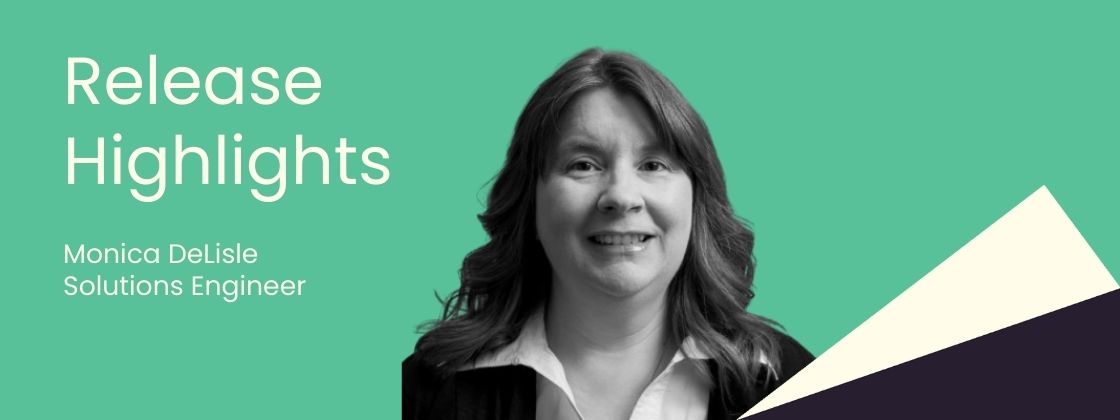
Sage Intacct 2025 release 4 highlights
.png)
A guide to smarter ERP integration with Microsoft Dataverse
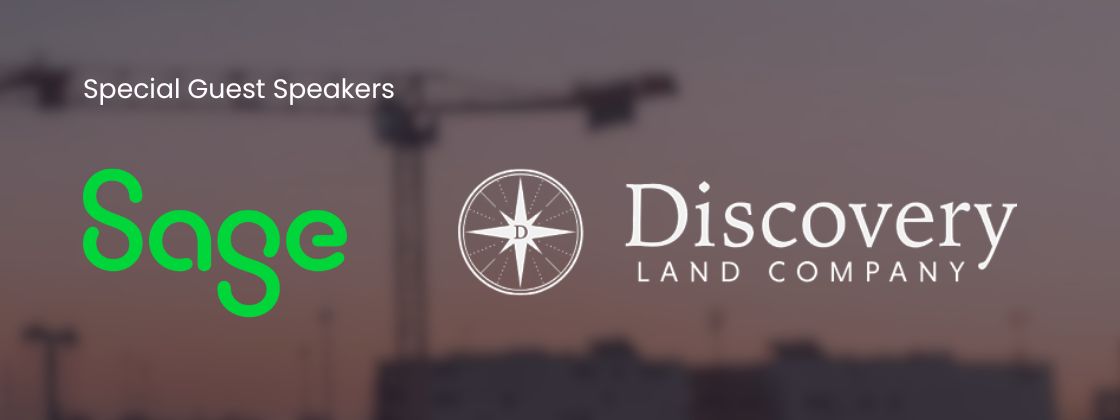
4 priorities to future-proofing a construction business
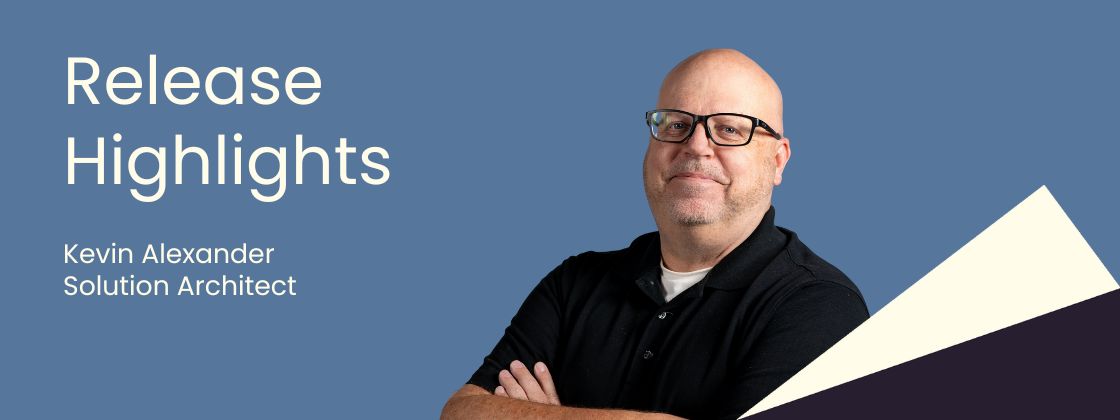
Microsoft Dynamics 365 Business Central 2025 Wave 2: A smoother, smarter, everyday experience
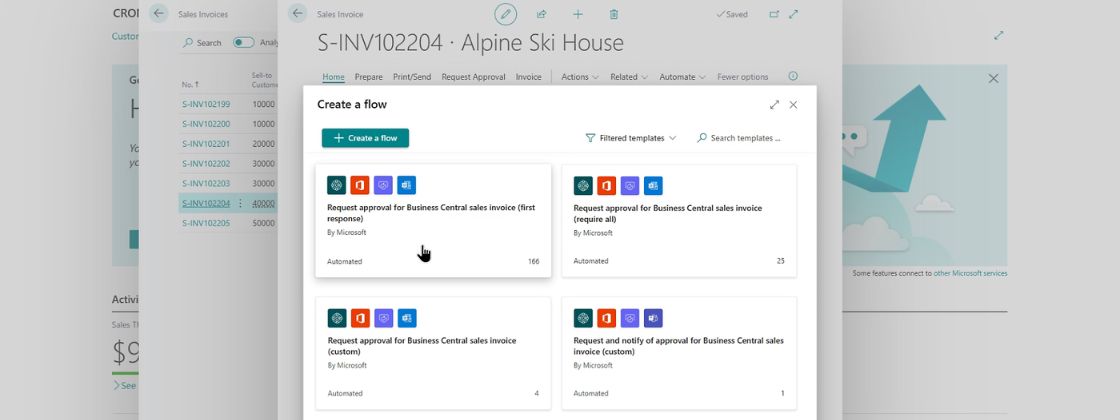
What’s new with AI in Business Central


